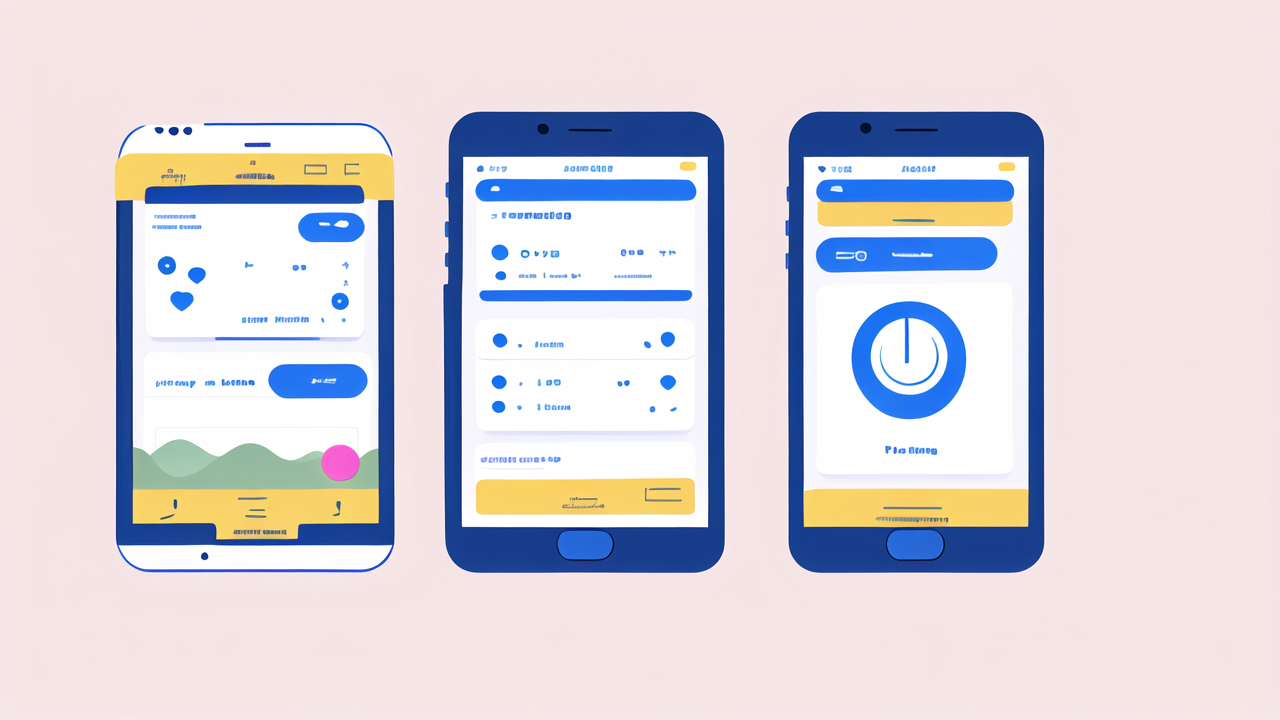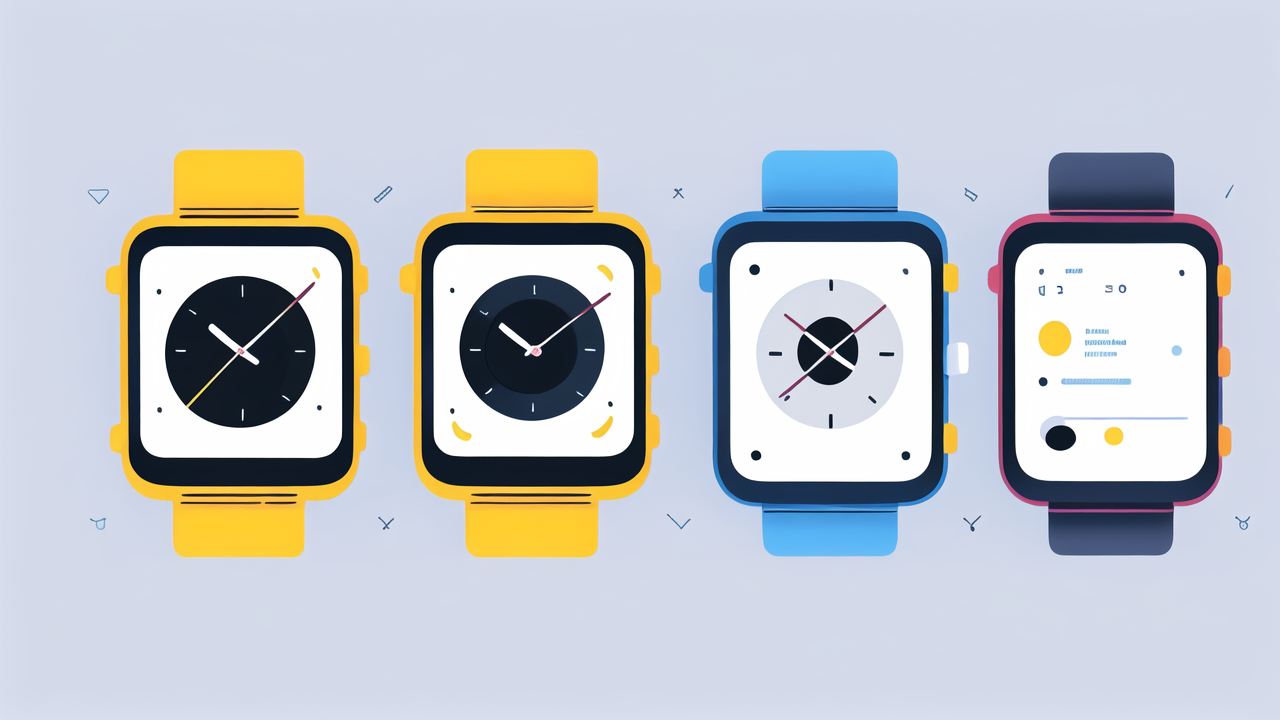The Evolution of Fitness Watches: From Simple Timers to High-Tech Devices
The Beginnings of Fitness Wearables
Fitness watches have come a long way since their humble beginnings. Early models were simple timers and step counters. They helped people track basic workout stats. These devices were bulky and had limited features. But they laid the groundwork for future innovations.

As technology advanced, so did fitness watches. They became smaller, more accurate, and more user-friendly. The first models paved the way for today's smart wearables. They showed that people were eager to track their health and fitness data.
Technological Advancements in Fitness Watches
Modern fitness watches are a far cry from their predecessors. They now pack powerful sensors into sleek designs. These devices can track heart rate, sleep patterns, and even blood oxygen levels. Some can detect falls or irregular heartbeats.
Many watches now have GPS for accurate route tracking. They can measure altitude and water resistance for outdoor activities. Screens have become brighter and more responsive. Battery life has improved, allowing for days of use on a single charge.
The Role of Mobile Connectivity and Apps
Connectivity has transformed fitness watches into versatile health tools. They sync with smartphones to provide detailed health insights. Users can view their data on easy-to-use apps. This makes it simple to track progress over time.
Apps offer personalized coaching and goal setting. They can suggest workout plans based on user data. Social features allow people to share achievements and compete with friends. This connectivity has made fitness watches an integral part of many people's daily lives.
Health and Wellness Features of Modern Fitness Watches
Advanced Metrics for Fitness Enthusiasts
Today's fitness watches offer a wealth of data for health-conscious users. They go beyond basic step counting and calorie tracking. Many devices now measure:

- VO2 max (oxygen uptake during exercise)
- Stress levels through heart rate variability
- Recovery time needed after workouts
- Running dynamics like cadence and stride length
- Swimming metrics including stroke count and SWOLF score
These advanced metrics help users optimize their training. They provide insights that were once only available in sports labs. This data empowers people to make informed decisions about their fitness routines.
Integration of Health Apps and Coaching
Fitness watches now work seamlessly with a variety of health apps. These apps turn raw data into actionable insights. They can provide:
- Personalized workout recommendations
- Nutrition advice based on activity levels
- Sleep coaching to improve rest quality
- Stress management techniques
- Mindfulness and meditation guidance
Many watches also offer on-device coaching. They can suggest when to move, stand, or take a deep breath. This real-time feedback helps users stay active and mindful throughout the day.
The Impact of Wearables on Daily Lifestyle and Habits
Fitness watches have become powerful tools for behavior change. They make users more aware of their daily habits. This awareness often leads to positive lifestyle changes. People may:
- Take more steps to reach their daily goal
- Choose stairs over elevators
- Go to bed earlier to improve sleep scores
- Drink more water when prompted
- Practice mindfulness to reduce stress levels
These small changes can add up to significant health improvements over time. Fitness watches serve as constant reminders to prioritize health and wellness.
The Future of Fitness Watches in the Wearable Tech Industry
Innovations on the Horizon: What's Next for Fitness Wearables?
The future of fitness watches looks exciting and promising. We can expect to see even more advanced features:

- Non-invasive blood glucose monitoring
- Improved sensors for more accurate health data
- Longer battery life through energy-efficient designs
- Flexible or rollable displays for better wearability
- Integration with smart home devices for holistic health tracking
These innovations will make fitness watches even more valuable for health management. They may play a larger role in preventive healthcare and early disease detection.
The Role of AI and Machine Learning
AI and machine learning are set to revolutionize fitness wearables. These technologies will:
- Provide more personalized health insights
- Predict potential health issues before they occur
- Offer smarter coaching based on individual patterns
- Adapt to user preferences and behaviors over time
- Enhance data accuracy by learning from user feedback
AI could turn fitness watches into proactive health assistants. They might alert users to potential health risks or suggest lifestyle changes to prevent illness.
Regulatory Considerations and Data Privacy in the US Market
As fitness watches collect more sensitive health data, privacy concerns grow. In the US, regulations are evolving to protect consumers. Key considerations include:
- HIPAA compliance for devices that handle medical information
- FDA approval for features that provide health diagnoses
- Data encryption and secure storage practices
- User control over data sharing and third-party access
- Transparency in how companies use and analyze user data
Balancing innovation with privacy protection will be crucial. Companies must build trust with users while advancing technology. Clear policies and user education will be essential.
In conclusion, fitness watches have transformed from simple timekeepers to sophisticated health tools. They offer unprecedented insights into our daily lives and health. As technology advances, these devices will play an even larger role in personal health management. The future of fitness wearables is bright, promising more accurate, personalized, and impactful health tracking.




Leave a comment
This site is protected by hCaptcha and the hCaptcha Privacy Policy and Terms of Service apply.